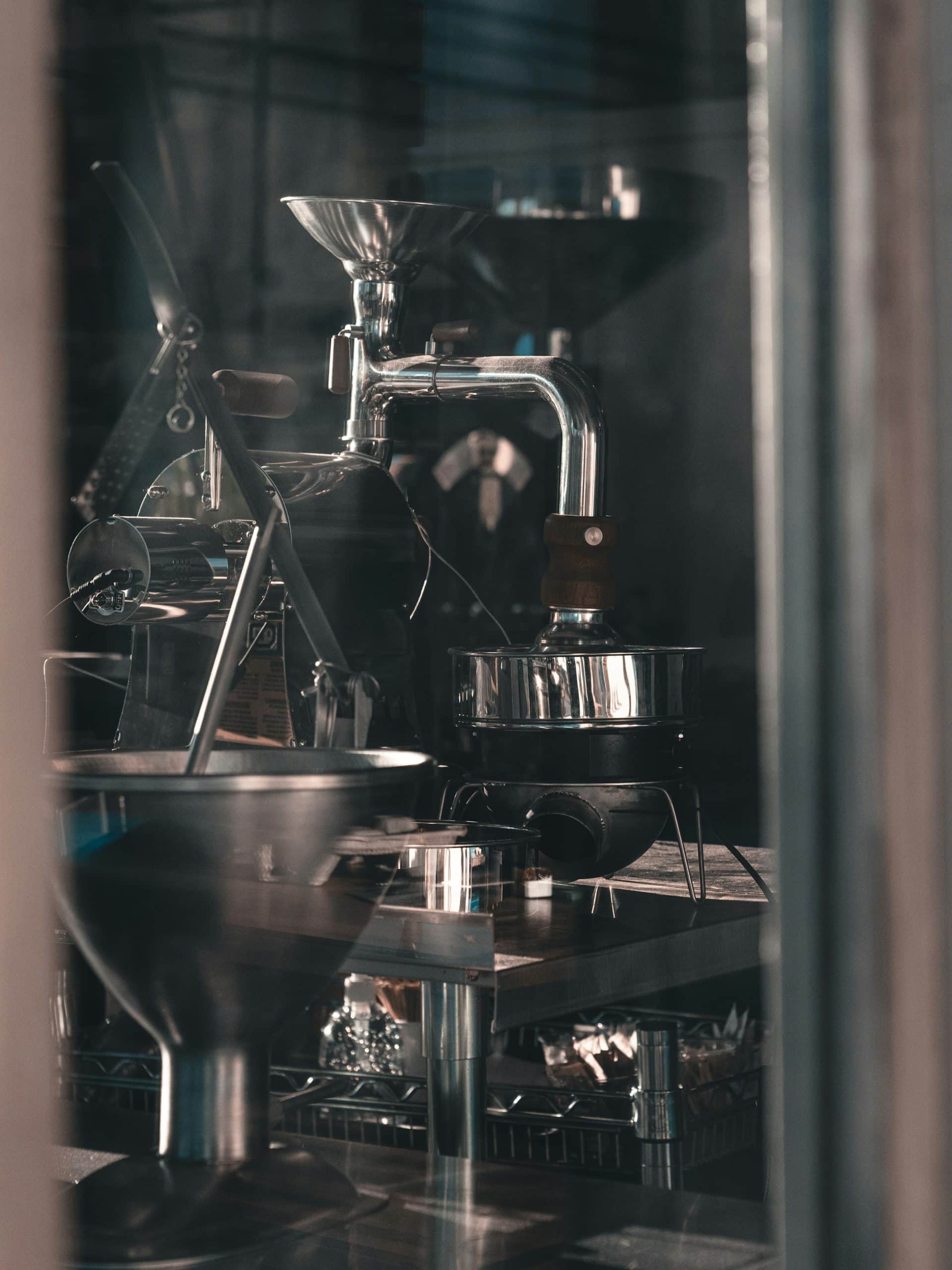Which type of material for oven roasting bags ensures the best moisture retention?

When it comes to roasting in the oven, there's a lot more to consider than just the food and temperature. One important factor that's often overlooked is the material of the oven bag you choose. The right bag can help retain moisture, enhancing the flavor of your meals and preventing them from drying out. But with so many options on the market, which is the best? This article will explore the popular types of oven bags material available, focusing on their moisture retention capabilities.
Oven Bags: Why Do They Matter?
Oven bags have become an essential part of modern cooking, and for good reason. They provide a sealed environment that circulates heat and locks in moisture, resulting in tender and flavorful meat. However, not all bags are made equal. Let's delve into the specifics of how oven bags affect the moisture content of your food.
Also read : What are the advantages of a retractable kitchen faucet for homes with limited sink space?
Paper Oven Bags
Paper oven bags are a popular choice among home cooks. They're usually made from parchment or brown paper, and are known for their nonstick properties. This makes them ideal for baking bread, as they'll help to prevent the dough from sticking.
When it comes to moisture retention, paper bags can vary. High-quality parchment bags are designed to retain steam, keeping your food moist. On the other hand, cheaper paper bags may not seal as well, leading to moisture loss. It's therefore important to choose paper bags that are specifically designed for oven use, as these will be more reliable.
Also to discover : What are the best types of LED lighting for under-cabinet installation for enhanced meal prep visibility?
Pan Roasting Bags
Pan roasting bags, or roasting pans with lids, are made from heavy-duty materials that can withstand high oven temperatures. They're also designed to trap in heat and moisture, making them a great choice for cooking meats.
Unlike paper bags, pan roasting bags don't have a nonstick surface. However, they will still help to keep your food moist by trapping in steam. It's worth noting, though, that these bags can be quite large, so they may not be the best choice if you're cooking smaller meals.
Nonstick Oven Bags
Nonstick oven bags are another popular choice for cooking in the oven. Made from materials such as silicone or Teflon, these bags have a nonstick surface that makes them easy to clean.
In terms of moisture retention, nonstick bags are very effective. The nonstick material seals in heat and moisture, allowing your food to cook in its own juices. This results in tender, juicy meat that's full of flavor.
Evaluating the Best Oven Bag Material for Moisture Retention
While all these types of oven bags can help to retain moisture, the best choice will depend on what you're cooking. If you're baking bread, a paper bag with its nonstick properties could be the perfect choice. For a roast, you might want to consider using a robust pan roasting bag that can handle high temperatures and large cuts of meat.
Nonstick oven bags, on the other hand, are a versatile choice that work well for a range of different foods. Their excellent moisture retention makes them ideal for cooking meats, but they can also be used for vegetables, fish, and more.
Key Factors to Consider When Choosing an Oven Bag
When you're deciding which type of oven bag to use, there are a few key factors you should consider. First, think about the size and type of the food you'll be cooking. A large roast, for example, might be better suited to a pan roasting bag, while bread will fare better in a paper bag.
Next, consider how easy the bag is to use. Some bags require you to tie them shut, while others have a self-sealing design. If you're not confident tying knots, you might want to opt for a bag that seals itself.
Another important factor is the bag's heat resistance. Make sure the bag you choose can withstand the temperature you'll be cooking at, to avoid any accidents or ruined meals.
Finally, consider whether the bag is reusable or disposable. Reusable bags can be more cost-effective in the long run, but they will require cleaning.
Conclusion
Remember, the key to a successful oven-roasted meal lies in the material of the oven bag you choose. Whether it's paper, pan or nonstick, make sure it's designed to retain moisture and can withstand high temperatures. With the right bag in hand, you'll be well on your way to creating delicious, mouth-watering meals that are moist and flavorful.
Oven Roasting Bags: Stainless Steel, Cast Iron, and Iron Cookware
When exploring roasting bag material, it's impossible to ignore the popularity of stainless steel, cast iron, and iron cookware. For decades, these materials have been the go-to choice for professional chefs and home cooks due to their exceptional heat distribution, durability, and moisture retention.
Stainless Steel Oven Bags
Stainless steel oven bags are often praised for their ability to retain heat efficiently, speeding up the cooking process while ensuring that food remains moist. These bags are generally oven safe up to a high temperature, making them ideal for roasting beef ribs or other large cuts of meat.
However, stainless steel bags lack a nonstick coating, meaning food can sometimes stick to the bag. This can be mitigated by applying a small amount of oil to the bag prior to cooking.
Cast Iron and Iron Cookware Bags
Cast iron and iron cookware bags are another excellent option for moisture retention. These bags are known for their even heat distribution, which can help to ensure your food is cooked evenly throughout.
Like stainless steel, cast iron and iron bags are oven safe at high heat. They also have the added benefit of being reusable, which can make them more cost-effective over time. However, it's important to note that these bags require careful cleaning to maintain their nonstick properties and prevent rusting.
Enameled Cast Oven Bags: The Best of Both Worlds?
Enameled cast oven bags offer a unique combination of the benefits of cast iron and nonstick cookware. Like cast iron, enameled cast is renowned for its excellent heat distribution and durability. But unlike regular cast iron, it features a nonstick coating that ensures easy cleaning and food release.
These oven bags are ideal for cooking a wide range of meals, from roasts to casseroles. The enameled surface ensures that your food will retain its moisture during the cooking process, resulting in tender, flavorful dishes every time.
Remember to preheat the oven prior to cooking for the best results with enameled cast oven bags. Preheating will help ensure that the bag reaches the correct temperature before your food is added, reducing cooking time and helping your meal to cook evenly.
Conclusion
Choosing the correct oven bag material can make a significant difference to your cooking, particularly when it comes to moisture retention. Stainless steel, cast iron, and enameled cast bags each offer their own advantages, so the best choice will ultimately depend on your personal preferences and needs.
Don't forget to consider factors such as the bag's oven safe temperature, ease of use, and whether it's reusable or disposable. And, of course, always remember to share your recipe for success with others. After all, the joy of cooking is best when shared.
In conclusion, the best oven bag material for retaining moisture could be stainless steel, cast iron, or enameled cast. The choice is up to you. But no matter which you choose, you're sure to end up with a meal that's moist, flavorful, and cooked to perfection. Happy cooking!
